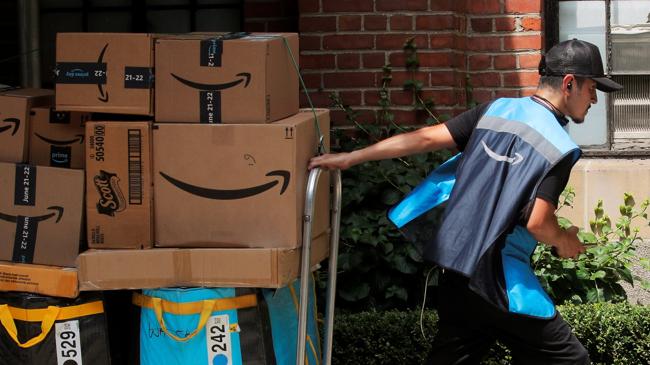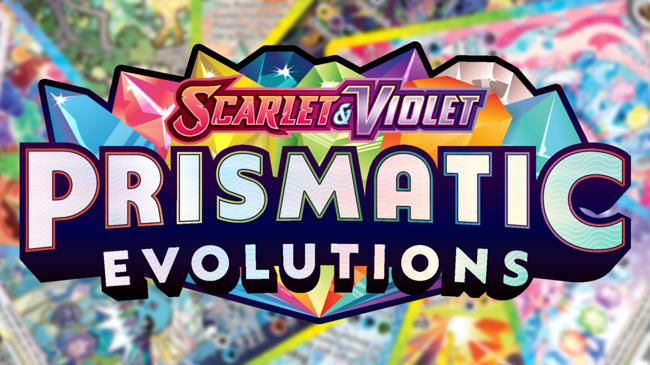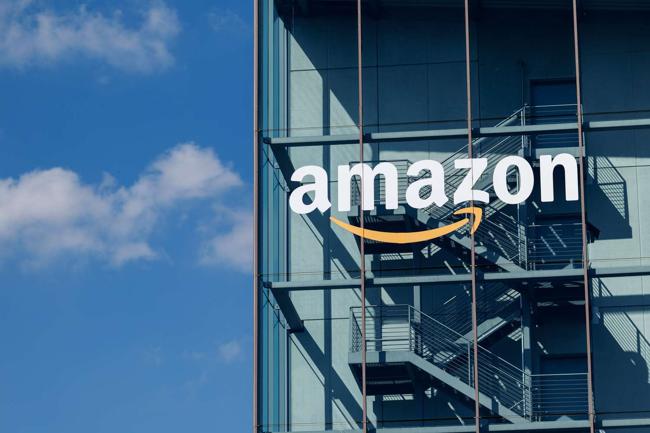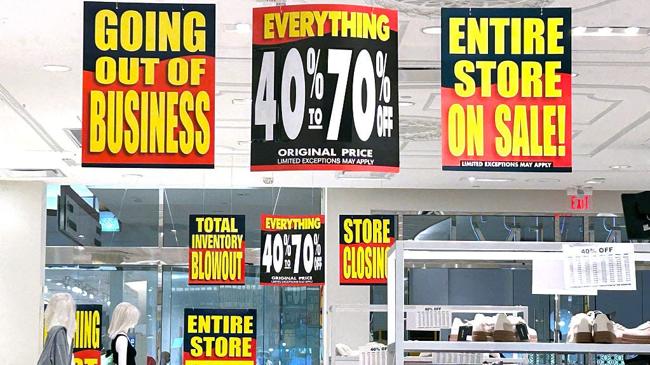Summary
Amazon has faced backlash from consumers after they halted DEI programs. A second boycott starts soon but did the first one work? Here’s that data.
Source: USA TODAY

AI News Q&A (Free Content)
Q1: What was the primary goal of the Amazon boycott and who organized it?
A1: The primary goal of the Amazon boycott was to challenge the influence of major corporations and wealthy individuals on working-class Americans. It was organized by The People's Union USA, which aimed to protest the rollback of diversity, equity, and inclusion (DEI) policies by the then-current Trump administration.
Q2: What was the impact of the first Amazon boycott on its sales?
A2: The first Amazon boycott did not have a significant impact on its sales. According to e-commerce analytics firm Momentum Commerce, Amazon's U.S. sales actually increased by 5.9% during the boycott period compared to the eight-week average. This suggests Amazon's strong resilience to consumer activism in its current form.
Q3: What factors could make future Amazon boycotts more effective?
A3: Future Amazon boycotts might become more effective if they are longer in duration and gain broader media attention. A week-long boycott, for instance, could be more impactful as it would be covered by different media outlets for a longer period, potentially reaching more consumers.
Q4: How does Amazon's scale affect its resilience to boycotts?
A4: Amazon's massive scale contributes to its resilience against short-term disruptions like boycotts. In the U.S. alone, Amazon generates over $1 billion in retail sales every single day, making it naturally resistant to temporary consumer actions.
Q5: What are some criticisms Amazon has faced aside from the DEI issue?
A5: Amazon has faced criticisms on several fronts, including anti-competitive business practices, treatment of workers, offering counterfeit or plagiarized products, objectionable content in its books, and tax and subsidy deals with governments.
Q6: When is the next planned Amazon boycott, and what are its objectives?
A6: The next planned Amazon boycott is slated for March 28, as part of a series of boycotts called the Economic Blackout. Its objective is to further protest the influence of major corporations and push back against policy rollbacks affecting DEI initiatives.
Q7: How have other retailers been affected by consumer boycotts linked to socio-political issues?
A7: Other retailers, like Target, have seen drops in sales linked to consumer boycotts. For example, Target attributed sales declines in 2023 partly to customer backlash over a collection honoring LGBTQ+ communities, showing that socio-political issues can influence consumer behavior.
References:
- Economic Blackout
- Amazon Prime
- Criticism of Amazon





